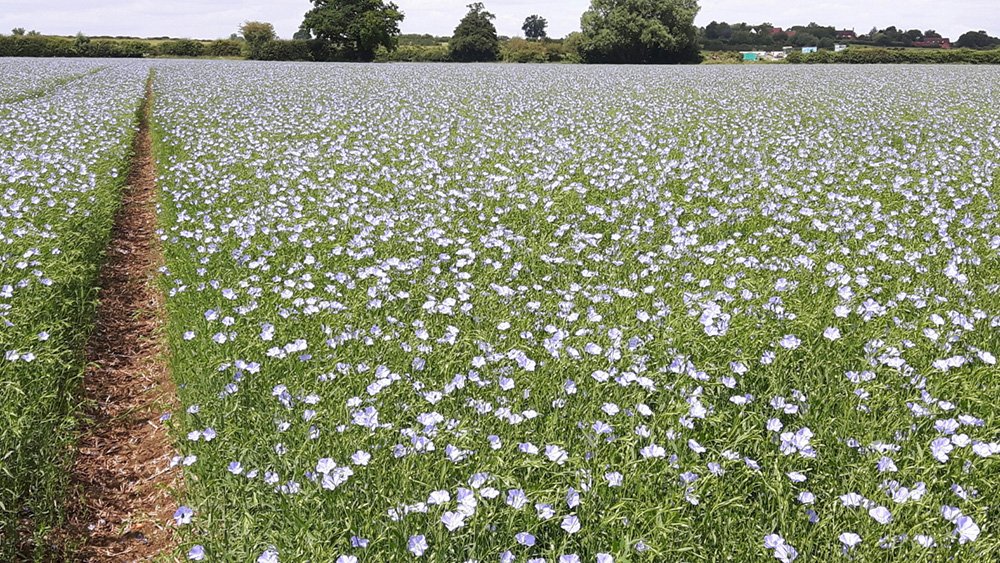At Springfield Farms, we recognise the importance of adopting a stringent rotational cropping policy. We currently operate a minimum of 4 years’ rotation typically using a combination of spring and winter wheat, beans, winter oilseed rape, linseed and various cover crops such as radish and mustard.
Switching between plant species allows us to make the best use of available chemistry in order to control problems such as blackgrass and ryegrass weeds, alongside pests. As a result, crops are healthier and less prone to disease, which reduces chemical reliance and risk of resistance.
Nutritionally, strip tillage is well suited to making the most of available nutrients through minimal soil disruption, amplifying the benefits of including nitrogen fixing legumes into the rotation. Legumes such as soya beans contribute a beneficial nitrogen supply to following crops boosting crop health, supporting growth and reducing artificial nitrogen requirements.
Cover crops are an important aspect of our system and allow us to improve the soil structure and harvest sunlight all year round, bridging the gap between harvest and spring sown crops. The continuous cover of soil over the winter months retains natural soil moisture and prevents erosion and run off.

